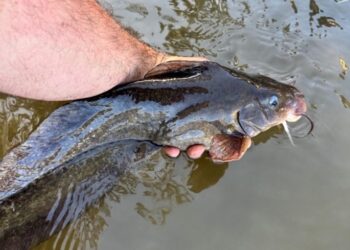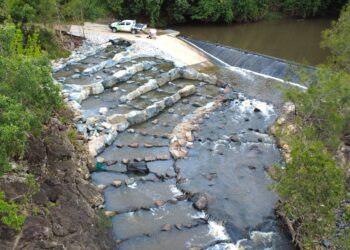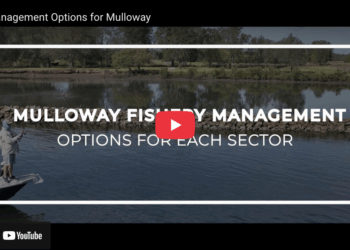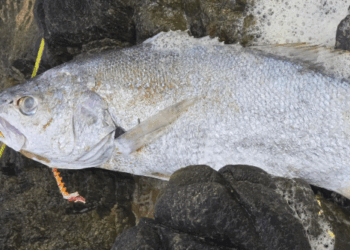
A CHRISTMAS card from relatives in the Netherlands raised some remarkably interesting questions about the range and distribution of the fish we here in Australia most often call “blackfish”, plus the methods used to catch them.
The card featured fish images from a Dutch researcher named von Siebold, who visited Japan in the 1820s and returned with around 22,000 natural history objects. One of the fish looked exactly like an eastern rock blackfish, Girella elevata, also commonly known as a pig or black drummer. But as it came from Japan it clearly wasn’t one.
A quick internet search turned up a list of 20 species in the international fish family Girellidae. Australia has five of those: luderick (blackfish), eastern rock blackfish (pigs), blue drummer (bluefish), zebra fish and western rock blackfish. The first three are of course extremely popular sportfish in their respective locations. The rock blackfish Japanese look alike on the card is either Girella leonina or punctata, both having “blackfish” as part of their Japanese names. These, as well as various members of the true drummer family, are primary targets of Japanese ISO fishers, who sometimes charter helicopters for day trips to offshore islands to fish for them. The Japanese rock platforms look incredibly fishy. Both species can get to about 46cm. The Japanese Shimano website has some great videos (in Japanese only) which illustrate why ISO techniques work so well when used here.
Another similar member of the clan is the dusky sea chub, Girella freminvillii, which I’ve seen while snorkelling in the Galapagos islands. They look just like a rock blackfish with a slightly bumpy nose. The NZ parore is the same species as our luderick and has only in recent years become a popular angling target. The Kiwis finally worked out that they’re both great to catch on light tackle and good to eat as well. There are plenty of videos online now featuring parore fishing.
Checking out parore clips also led to a whole new set of diversions. Clips of US anglers targeting their Girella species nigricans and simplicidens. They’re known as opaleye and gulf opaleye respectively. Guess what? Their tackle and techniques are almost the same as ours and the ISO guys. Long light rods, floats, light leaders, split shot sinkers, with weights varying depending on whether they’re fishing estuaries, wharves or ocean rocks. They use weed or sea lettuce for bait when they can get it, but both the Kiwis and the Yanks have found something that they reckon works nearly as well: frozen peas. They use one or more depending on the hook size and don’t defrost before putting them on. They also burley sparingly with the peas to get the fish going.
So, something new to try on the luderick when weed is scarce. Maybe not so new? There are old tales of fishers on the NSW north coast fishing for luderick near cannery outlets and matching their bait to what was being canned: peas, corn, beetroot or pineapple. But when passionfruit were up, they just went home.

















